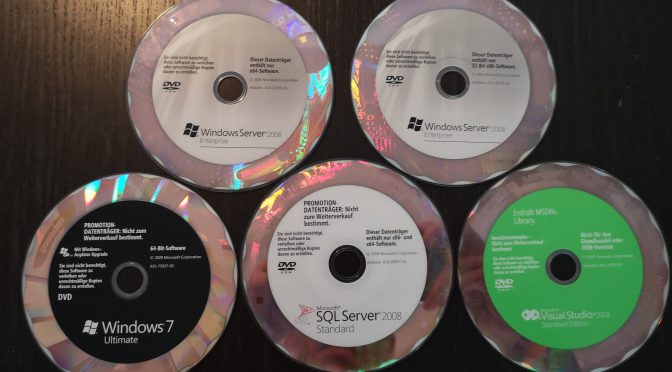

- Windows server 2008 security center activation key#
- Windows server 2008 security center update#
- Windows server 2008 security center free#
- Windows server 2008 security center windows#
You'll see a table that will show you your role next to your subscription ID and name.

To check your role, enter "Subscriptions" into the search box.
Windows server 2008 security center update#
Your Azure subscription must also be assigned the Contributor role for the security update to work. If you don't have an Azure subscription associated with your account, sign in with a different user account or create an Azure subscription in the Azure portal.

You need an Azure subscription associated with your account to create the Extended Security Update resource and key. To create your first key, select Get key. Under Register for Extended Service Updates, select Get started. Otherwise, select your resource from the list. If you haven't used Extended Security Updates before, select + Create to create an Extended Security Updates resource first. In the search box at the top of the Azure portal, search for and select Extended Security Updates. To register your server for Extended Security Updates and create a key, open the Azure portal and follow these steps: For other environments, such as on-premises VMs or physical servers, purchase Extended Security Updates before you try to register and use them.
Windows server 2008 security center windows#
You don't need to register for Extended Security Updates if you're running Windows Server on Azure VMs as these are provided by default and at no cost. Extended Security Updates are automatically delivered to Azure VMs if they're configured to receive updates. You don't need to configure anything, and there's no additional charge for using Extended Security Updates with Azure VMs.
Windows server 2008 security center free#
Azure virtual machinesĪpplicable virtual machines (VMs) hosted in Azure are automatically enabled for Extended Security Updates and these updates are provided free of charge. This MAK key lets the Windows Update servers know that you can continue to receive security updates.
Windows server 2008 security center activation key#
To use Extended Security Updates on non-Azure VMs, you create a Multiple Activation Key (MAK) and apply it to the relevant servers running Windows Server. You can purchase Extended Security Updates through Volume Licensing Programs such as Enterprise Agreement (EA), Enterprise Agreement Subscription (EAS), Enrollment for Education Solutions (EES), or Server and Cloud Enrollment (SCE). Applicable virtual machines (VMs) hosted in Azure are automatically enabled for Extended Security Updates and these updates are provided free of charge.įor other environments, such as on-premises VMs or physical servers, you need to manually request and configure Extended Security Updates. How you get Extended Security Updates depends on where your server is hosted. Before using Extended Security Updates, you should read Extended Security Updates for Windows Server Overview to understand what Extended Security Updates are, how long they are available for, and what your options are. Q1 - Why is the service present on some servers and not others? My initial thought was that the infection had caused it to be removed on Server2, but Server 4 was installed AFTER the infection was removed, so that can't be the case for this server.Extended Security Updates (ESU) for Windows Server include security updates and bulletins rated critical and important. Server4 - Windows 2008R2 - Security Centre service not present Server3 - Windows 2008R2 - Security Center service is present, but will not start, showing same error as above Server2 - Windows 2008SP2 - Security Centre service not present Error 1079: The account specified for this service is different from the account specified for other services running in the same process" "Windows could not start the Security Center service on Local Computer. Server1 (DC) - Windows 2008SP2 - Security Center service is present, but will not start, showing the following error :. I've been trying to rectify these issues, but am coming up against different scenarios We had a virus on our system a while back which was subsequently removed, but it has left issues with the "Security Center" service on several of our servers.


 0 kommentar(er)
0 kommentar(er)
